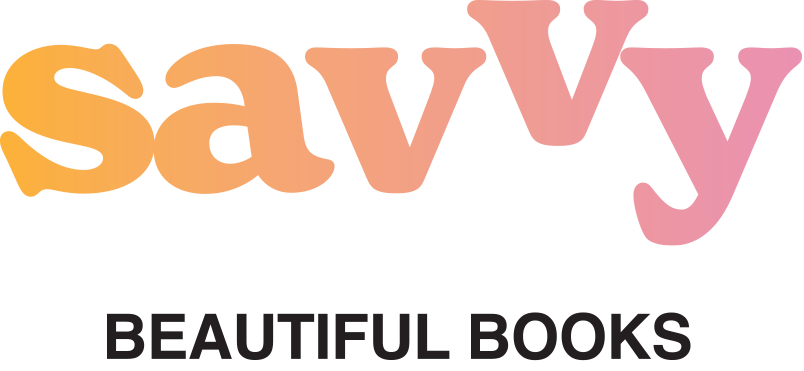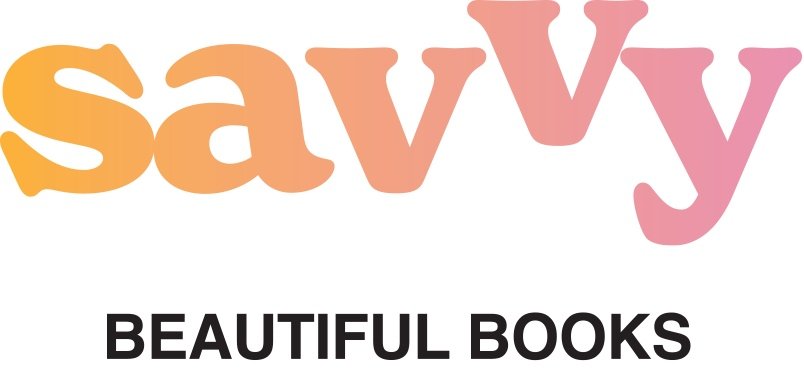Cookbook Writing Tips with Author Karen Anderson
Canadian food writer Karen Anderson is here to tell you what you don’t know
I read Karen Anderson’s Eat Alberta First: A year of recipes from where the Prairies meet the mountains (TouchWood Editions, 2023) just before it went to print. I got a PDF as an “ARC” (publishing industry jargon for “advanced reader copy”) because I was asked to write a back cover blurb for it. Now, holding the printed object many months later, I am experiencing what a joy it is to cook from.
Karen is a hardworking, multi-dimensional food culture advocate. As the founder, CEO, and president of Alberta Food Tours, she shines a light on the best quality farmers, producers, chefs and restaurants in her home province. She’s a regular food columnist on CBC Radio Calgary. She is the co-creator (with photographer Pauli-Ann Carriere) and writer behind the travel-and-recipe website Faces, Places, and Plates, as well as being the creator and writer behind the blog Savour It All . Somehow, she also writes thoughtful, carefully researched, and beautiful books.
Aside from Eat Alberta First, her other books include Food Artisans of Alberta: Your trail guide to the best of our locally crafted fare (TouchWood Editions, 2018; co-authored with Matilde Sanchez-Turri), and A Spicy Touch: Family favourites from Noorbanu Nimji’s kitchen (A Spicy Touch Publishing, 2015; TouchWood Editions 2020).
Wearing my Savvy Beautiful Books hat, I sat down to chat with Karen, in the swirl of book launches and media events surrounding Eat Alberta First to glean fresh insights of her process of creating cookbooks.
Tip 1: Pulling a manuscript together and seeing it through the editing process will impact your lifestyle for a solid year, usually more.
Jenn: You run a very busy—and growing—tour company that takes thousands of culinary tourists to such destinations as Canmore, Banff, Jasper, Calgary, and Edmonton, and yet you managed to write an almost 400-page cookbook recently. Ummm, how?
Karen: I don’t know how it is for other people, but one myth is that somehow writers have “protected time.” If you can structure your day and that’s all you do, just be a writer—well, more power to you. Realistically, all humans have many duties. I run a business as well. I write books between 8 p.m. and 1 a.m.
Tip 2: A book doesn’t start with an idea. It starts with both an idea and a purpose. You have to know the place that this book will have in the universe. You need to be able to see it in your mind. Then you need to write a proposal. There’s a whole time commitment involved BEFORE you start to write the actual book.
Jenn: I’ve been there! First, you come up with an idea that you just can’t leave alone. Then you need to write almost the whole damn thing to get a proper book proposal ready if you hope to publish with a traditional publisher.
Karen: One of the things people don’t realize is that if you want to write a book, you actually have to write the bulk of book before you pitch it. You need to have a pretty good handle on the manuscript before you can approach a publisher. Publishers want to know what your plan is for content and how you’re going to write it. They also ask for a marketing plan, and ask why your book matters. With A Spicy Touch, that was a nine-year process! But Noorbanu’s food, a delicious nod to her north Indian Ismaili heritage, was just too good to be forgotten. With Eat Alberta First in my mind, I began collecting vintage plates—which informed the executions of these recipes—in the summer of 2021.
Tip 3: Cookbook writers should know they’re responsible for photography and have to spend the money on it.
Jenn: What made you invest the time in a book about Alberta recipes, people, and ingredients?
Karen: During the pandemic, people kept asking for recipes and I was home and posting a lot of recipes on my blog. Then I realized, I had A LOT of recipes.
Jenn: So, you cooked your way through the pandemic, and your home base is Calgary. You had a lot of recipes and a great relationship with your publisher. I know that while every cookbook deal is different, you had a modest $1,500 advance from the publisher, which is quite common. What came next?
Karen: Yes, it was an advance against future royalties. But it didn’t even begin to cover my expenses. I wanted this book to be beautiful. I found a ranch as a location and it just had this feeling of homecoming. Not all of us have a ranching or farming background, but people can imagine it. And this ranch captured the look and feel I wanted. Knowing that I could set the tone for the whole book at this 100-year-old ranch, I hired Jeremy Fokkens, a professional food photographer. That cost me $5,000 for the day. And I hired Sylvia Kong, a home economist and food stylist for $1,200. This was my own money I was investing, so I had to make it count. We did a practice run on September 25 and did the full day shoot on September 29. It was very ambitious. We cooked 20 dishes that day.
Jenn: In what other way was the ranch shoot important to the book?
Karen: That day established the look of all the styled food shots, and after that, we did everything else on our own, with close networks and good karma. I paid smaller amounts for other photography and traded books for photos, and so on. I would advise that you shoot some of the food photography with a book cover in mind. Tell your photographer that, for some of the shots, you’ll need space for the title and subtitle.
Tip 4: Plan everything thoroughly in advance to avoid rework.
Jenn: I’ve done cookbook shoots, but we’ve never pulled off 20 dishes in a day! How did you manage it?
Karen: You absolutely have to plan out your groceries, cooking time, food props and other equipment, location, and photography of your recipes. We set out dishes ahead of time so we didn’t repeat dishware. We practised our timing. You need to know how many dishes you can shoot in a day.
Tip 5: Start your recipes with action words and be concise!
Jenn: OK, we’ve learned that the cookbook production part is unexpectedly complex! But, long before you get to that point, what recipe writing advice could you give?
Karen: People need all the help they can get to cook the dishes in your book. Your recipe should explain things so that anyone can make the dish. Nailing the order of ingredients is super important. And for the instructions, I always start my recipe sentences with action words. And be concise! There are cookbooks I’ve given up on because the instructions were too verbose.
Tip 6: Deadlines are actually quite important.
Jenn: Have I missed anything you’d like to add?
Karen: Yes, mind your deadlines. I think the reason TouchWood Editions likes working with me is that I’ve never missed a deadline. At this point, I can just call up the publisher with an idea and she’ll either say yes or no. I don’t need to do the whole proposal thing as I’ve done books with them before. They trust me to deliver. So, if I have another book, I need to get it going while my networks are still in place.

